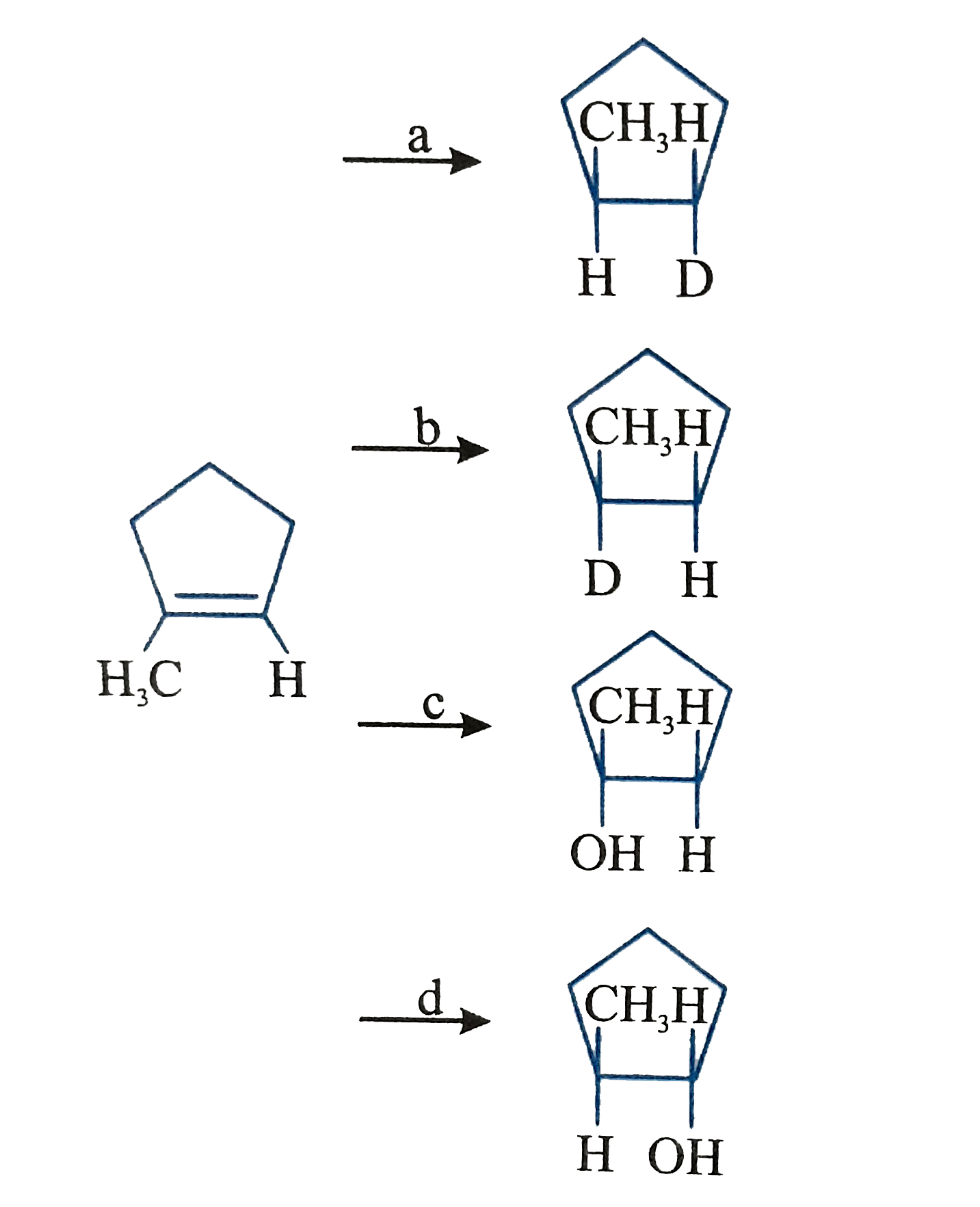Consider the following reaction
A+2B⇒C+D
If WAWB = 0.5, which condition will make B a limiting reagent and A to be present in excess?
(MBMA)<1
MBMA>1
(MBMA)=1
B will always be limiting reagent
The correct Answer is:B
Topper's Solved these Questions
- MOLE CONCEPT, STOICHIOMETRY & CONCENTRATION TERMSBOOK - GRB PUBLICATIONCHAPTER - MOLE CONCEPT, STOICHIOMETRY & CONCENTRATION TERMSEXERCISE - Percentage yield and percentage purity
18 Videos
- MOLE CONCEPT, STOICHIOMETRY & CONCENTRATION TERMSBOOK - GRB PUBLICATIONCHAPTER - MOLE CONCEPT, STOICHIOMETRY & CONCENTRATION TERMSEXERCISE - Sequential and Parallel Reactions
17 Videos
- MOLE CONCEPT, STOICHIOMETRY & CONCENTRATION TERMSBOOK - GRB PUBLICATIONCHAPTER - MOLE CONCEPT, STOICHIOMETRY & CONCENTRATION TERMSEXERCISE - Density
36 Videos
- ISOMERISMBOOK - GRB PUBLICATIONCHAPTER - ISOMERISMEXERCISE - SUBJECTIVE TYPE
67 Videos
- NOMENCLATURE AND CLASSIFICATIONBOOK - GRB PUBLICATIONCHAPTER - NOMENCLATURE AND CLASSIFICATIONEXERCISE - Subjective Type
24 Videos
Similar Questions

Fnd the reagents a,b,c & d for the following reactions.
View SolutionThe reactant which is entirely consumed in reaction is known as limiting reagent. In the reaction 2A+4B→3C+4D, when 5 moles of A react with 6 moles of B, then
(a) which is the limiting reagent?
(b) calculate the amount of C formed?
View Solution
Knowledge Check
Consider the following reaction
N2+3H2⇒2NH3
Which condition will make H2 a limiting reagent under all cases (where W is weight of substance)?AWN2WH2<143BWN2WH3>143CWN2WH2=1DN2 will always be present as limiting reagentConsider this reaction: A+B→C+D+ energy
Athis reaction is exergonicBan enzyme could still speed the reactionCA and B are reactants, C and D are productsDall of the above are correctThe reactant which is entirely consumed in reaction is known as limiting reagent. In the reaction 2A+4B→3C+4D, when 5 moles of A react with 6 moles of B, then
(a) which is the limiting reagent?
(b) calculate the amount of C formed?AC, 4.5 molBB, 4.5 molCB, 3.5 molDC, 4.0 mol
The reactant which is entirely consumed in reaction is known as limiting reagent. In the reaction 2A+4B→3C+4D, when 5 moles of A react with 6 moles of B, then
(a) which is the limiting reagent?
(b) calculate the amount of C formed?
View SolutionThe reactant which is entirely consumed in reaction is known as limiting reagent. In the reaction 2A+4B→3C+4D, when 5 moles of A react with 6 moles of B, then
(a) which is the limiting reagent?
(b) calculate the amount of C formed?
View SolutionA+B→C+D
For this reaction 13 gm eq of B is taken which is the reagent in excess. The left over ‘B’ after this reaction required 5 gm eq of a reagent to react completely. Calculate the number of gram equivalents of A in reaction.
View SolutionThe rate of reaction, A + 2B → products is given by the following equation :
−d[A]dt=k[A][B]2
If B is present in large excess, the order of the reaction is
View SolutionA+B→C+D
For this reaction 13 gm eq of B is taken which is the reagent in excess. The left over ‘B’ after this reaction required 5 gm eq of a reagent to react completely. Calculate the number of gram equivalents of A in reaction.
View Solution
